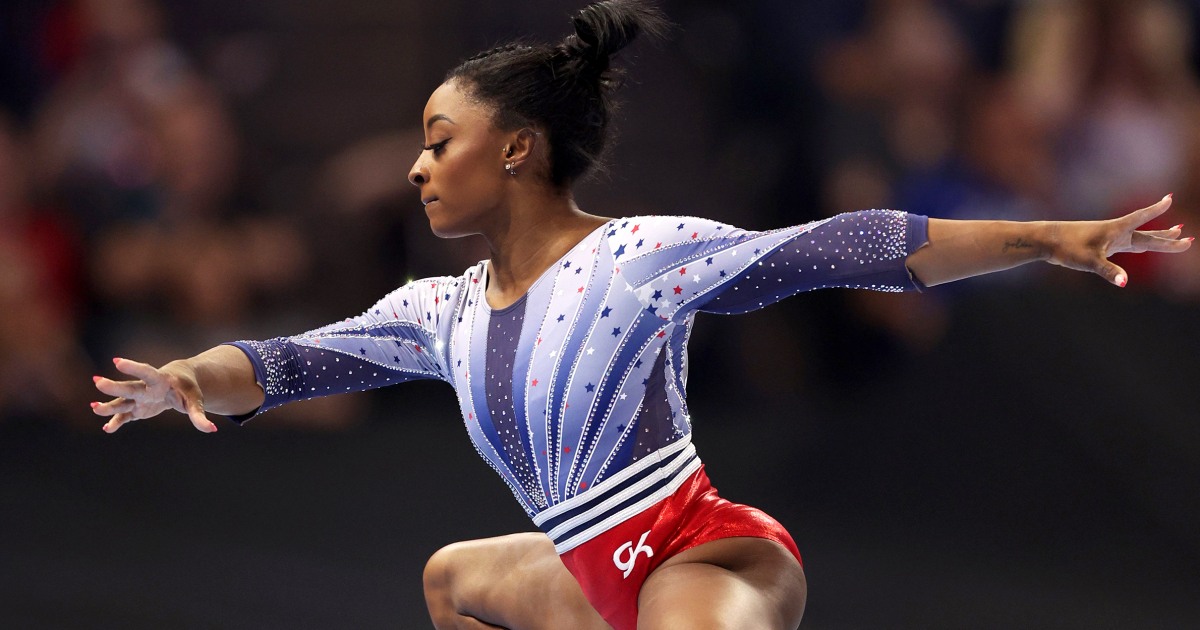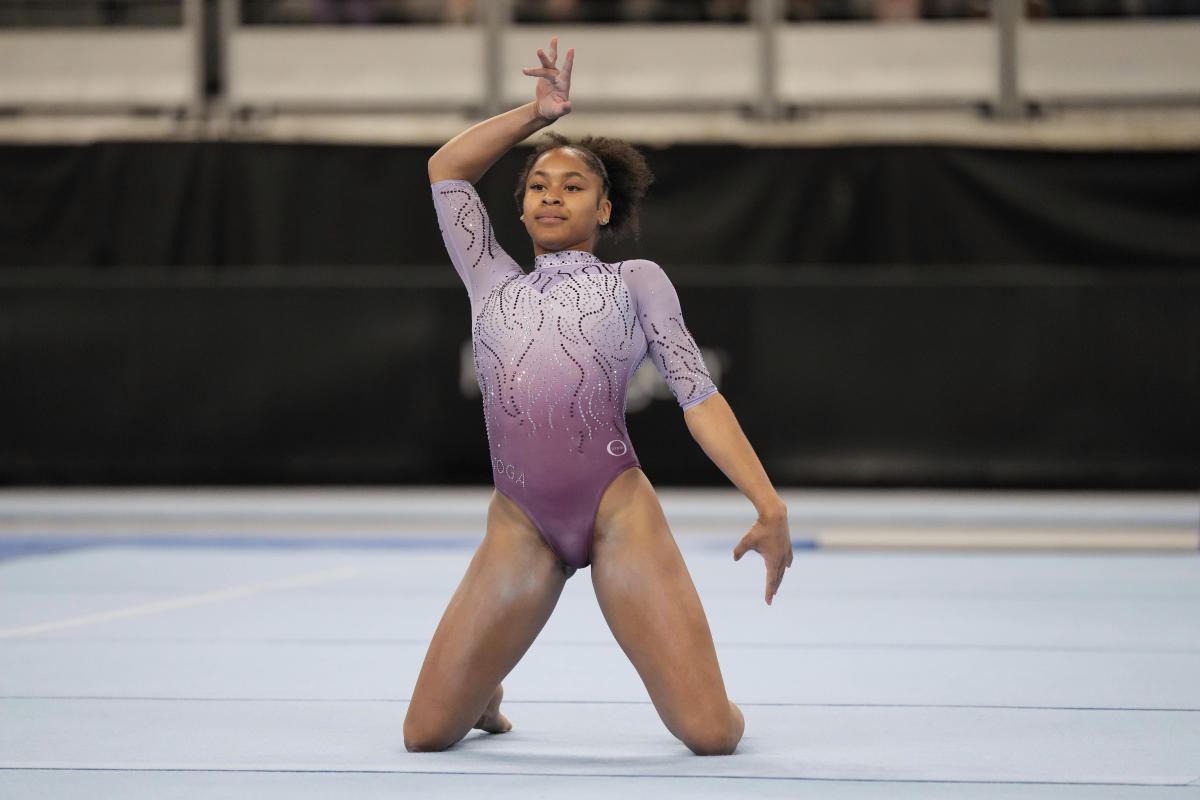Common Gymnastics Injuries
Gymnastics, a physically demanding sport, exposes athletes to a range of potential injuries. These injuries can vary in severity and can affect different parts of the body, including the joints, muscles, bones, and ligaments. Understanding the common gymnastics injuries, their causes, and risk factors is crucial for athletes, coaches, and medical professionals involved in the sport.
The biomechanics of gymnastics, involving complex movements, high-impact landings, and repetitive maneuvers, contribute to the occurrence of specific injuries. Factors such as training intensity, improper technique, and inadequate equipment can further increase the risk of these injuries. Early identification and appropriate management of gymnastics injuries are essential to ensure the well-being and longevity of athletes in the sport.
Gymnastics injuries, while often severe, can be mitigated through proper training and conditioning. One notable example is the “dicello gymnast,” whose story highlights the importance of injury prevention and recovery. Read more about the dicello gymnast to gain insights into the challenges and triumphs faced by gymnasts who experience injuries.
Musculoskeletal Injuries, Gymnastics injuries
Musculoskeletal injuries are among the most prevalent in gymnastics, affecting muscles, tendons, ligaments, bones, and joints. These injuries can result from acute trauma or overuse and can range from mild strains and sprains to more severe fractures and dislocations.
- Ankle Sprains: Ankle sprains are common in gymnastics, particularly during landings from jumps and dismounts. They occur when the ankle rolls or twists beyond its normal range of motion, damaging the ligaments that support the joint.
- Wrist Fractures: Wrist fractures can occur during falls or when gymnasts attempt to break their fall with their hands. The impact can cause the bones in the wrist to break, leading to pain, swelling, and limited mobility.
- Knee Injuries: Gymnastics involves extensive jumping, landing, and twisting movements, which can put stress on the knees. Injuries to the knee, such as ligament tears and cartilage damage, can result from these repetitive and high-impact movements.
- Shoulder Injuries: Shoulder injuries, including dislocations and rotator cuff tears, can occur in gymnasts due to repetitive overhead movements, such as handstands and pull-ups. These injuries can cause pain, weakness, and limited range of motion.
- Back Injuries: Back injuries, such as stress fractures and herniated discs, can be caused by the constant impact and strain on the spine during gymnastics activities. These injuries can lead to pain, numbness, and weakness in the back and legs.
Prevention and Treatment of Gymnastics Injuries

Gymnastics, with its demanding physical maneuvers, poses inherent risks of injuries. Implementing effective prevention strategies is paramount to minimize these risks and ensure the well-being of gymnasts.
Prevention
Prevention is key in mitigating gymnastics injuries. Proper warm-ups prepare the body for strenuous activities, reducing muscle strain and joint stiffness. Conversely, cool-downs facilitate muscle recovery and flexibility. Regular stretching enhances range of motion and reduces the risk of muscle tears.
Training techniques and modifications play a crucial role in injury prevention. Gymnasts should be gradually introduced to advanced skills, allowing their bodies to adapt and develop the necessary strength and coordination. Proper landing techniques and impact absorption minimize stress on vulnerable joints and bones.
Treatment
Despite preventive measures, injuries may still occur. Treatment options range from conservative approaches to surgical interventions, depending on the severity and nature of the injury.
Physical therapy is often the first line of treatment for minor injuries. It involves exercises and modalities to restore range of motion, strength, and flexibility. For more severe injuries, surgical interventions may be necessary to repair damaged tissues or reconstruct injured joints.
Rehabilitation and Recovery from Gymnastics Injuries

Rehabilitation is a crucial part of the recovery process for gymnasts who have sustained injuries. It involves a structured plan of exercises and activities designed to restore range of motion, strength, and coordination. The principles of rehabilitation for gymnasts include:
Progressive Exercise Plan
- Start with gentle exercises that do not aggravate the injury.
- Gradually increase the intensity and duration of exercises as pain and function improve.
- Include exercises that target specific muscle groups and movements involved in gymnastics.
Nutrition and Rest
Proper nutrition is essential for healing and recovery. A balanced diet that includes plenty of fruits, vegetables, and whole grains will provide the body with the nutrients it needs to repair damaged tissue.
Rest is also important for recovery. Getting enough sleep will help the body to heal and repair itself.
Mental Health
Injuries can take a toll on mental health. Gymnasts may experience feelings of frustration, anxiety, and depression. It is important to seek support from family, friends, and mental health professionals if needed.
Case Studies
Many gymnasts have successfully rehabilitated from injuries. Here are a few case studies:
- Simone Biles, a four-time Olympic gold medalist, suffered a torn ACL in 2019. She underwent surgery and followed a rigorous rehabilitation plan. She returned to competition in 2020 and won the all-around gold medal at the Tokyo Olympics.
- Aly Raisman, a six-time Olympic medalist, suffered a back injury in 2016. She underwent surgery and followed a rehabilitation plan that included physical therapy, massage, and acupuncture. She returned to competition in 2017 and won the all-around silver medal at the World Championships.
Gymnastics is a physically demanding sport that can lead to a variety of injuries. One of the most common injuries is a sprain or strain. Sprains occur when ligaments are stretched or torn, while strains occur when muscles or tendons are stretched or torn.
Skye Blakely, a former Olympic gymnast, suffered a serious injury to her Achilles tendon in 2016. The injury required surgery and months of rehabilitation. Gymnastics injuries can be serious, but with proper treatment and rehabilitation, most athletes can recover and return to the sport they love.
